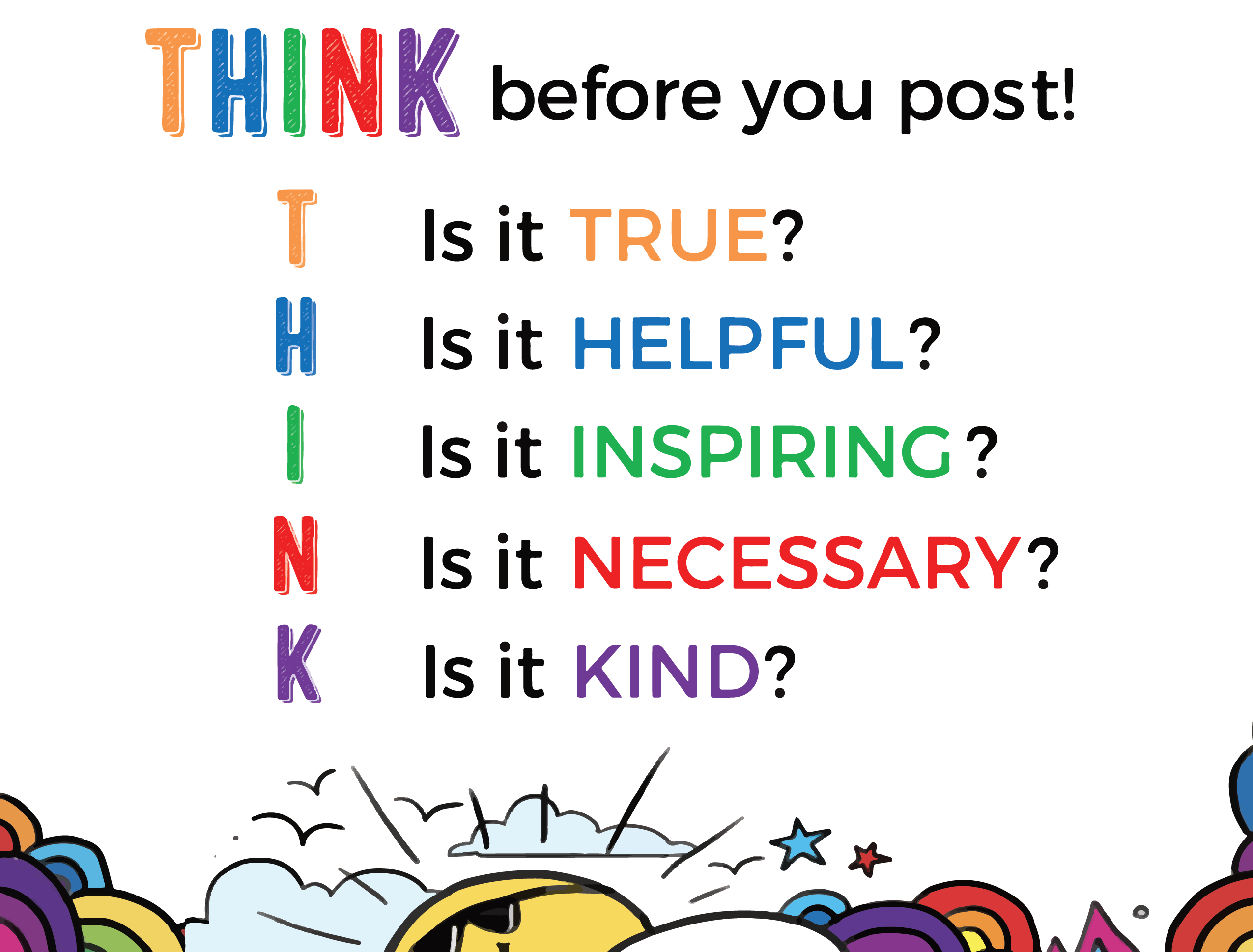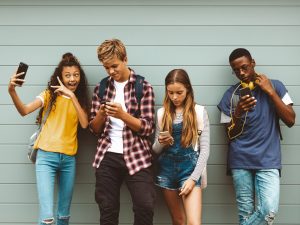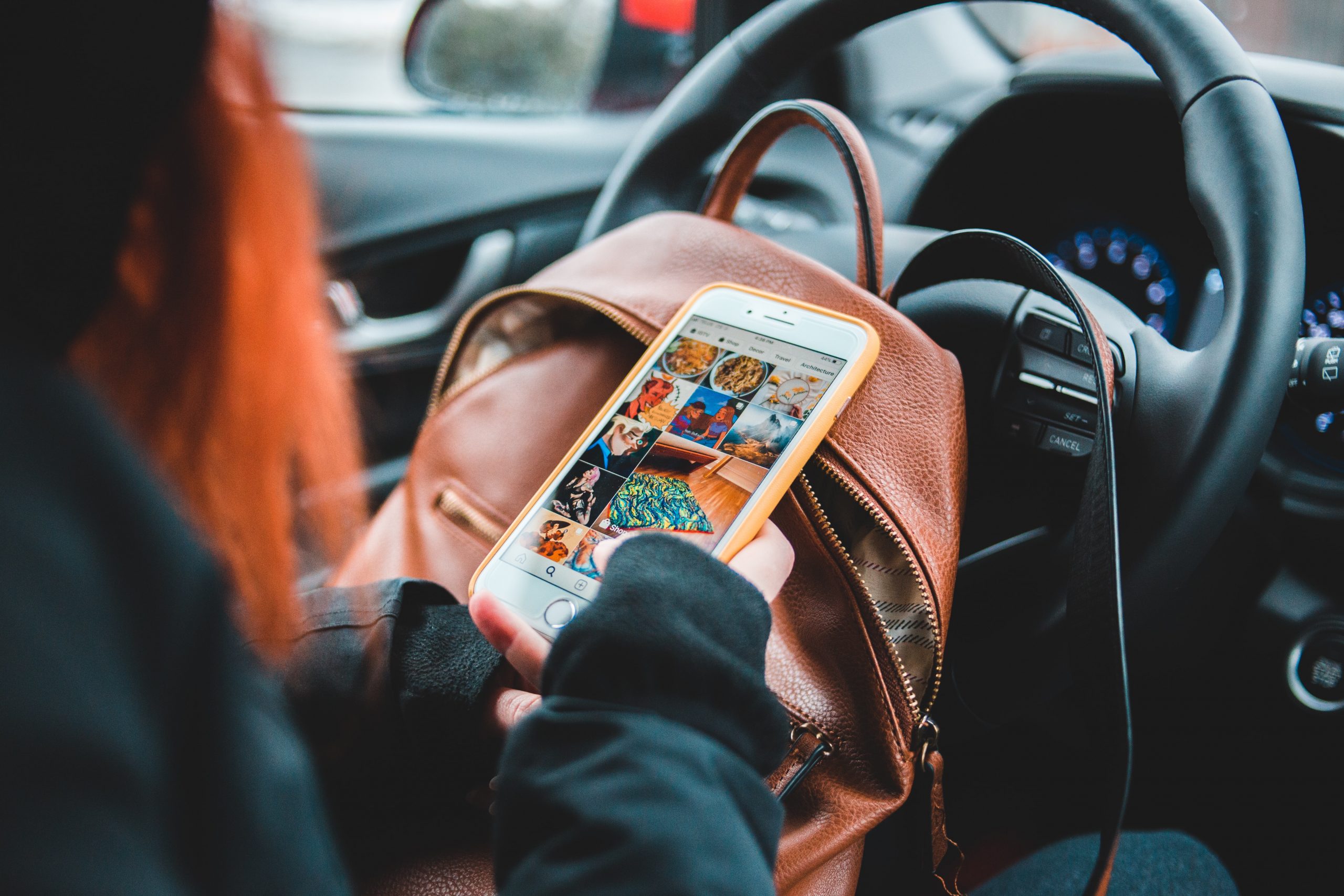Promoting Social Media Safety in children and teens featuring Richard Guerry, Founder of Institute for Responsible Online and Cell-Phone Communication (IROC2.ORG)
We can all appreciate the wonderful world of social media because it has allowed us to stay connected to old friends, keep up with distant relatives, and bond with people who share the same interests. While no one can deny the positive impact social media has had on global communications, we also cannot deny the threat that it poses to children and teens if not used properly.
As life slowly begins to return to normal, digital safety must remain a priority. School is out, summer is in full swing, and from the looks of it, children may not be returning to their normal school schedules in the fall. All of these factors contribute to the heightened risk of kids encountering dangerous and harmful situations online.
Just as more time driving a car means more risk of encountering a dangerous driver, more time online means more risk, even if we are being responsible.
“Despite how safe we may be operating our vehicle, we cannot control other’s actions on the road that may be a threat to us or our family – i.e. someone driving drunk or texting while driving.”
We all seem to be on an extended, yet necessary, online “road trip” due to social distancing. And as kids’ daily screen time or “daily digital drive” increases, there’s an increased risk of digital dangers they may face, which can manifest in challenges like cyberbullies, fake news, hackers, predators, or a “zoom-bomb”.
Here are 5 tips from Richard Guerry, the founder of The Institute for Responsible Online and Cell Phone Communication (IROC2.org), to help promote good digital citizenship and help kids develop a Digital Consciousness™:
- Don’t Overshare. When it comes to communicating online, remind kids: If you would not share it (e.g. personal information), or take it (e.g. a random bag or box) from a stranger in the local park, please do not share it or take (download) it from a stranger online – the global park. The difference between the local park and the global park, is that there are billions more people online and the more we share or download, the higher the risk of our personal and private information getting into the wrong hands.
- Don’t share your itinerary. Vacations are always fun to share on social media, but use caution when doing so. When posting about vacations – while on vacation – always try and use past tense language and turn off geo-tags. This will help lower the risk of anyone that sees your post knowing you are not home, minimizing the risk vandalism or theft (https://www.cnbc.com/2018/06/14/that-vacation-social-media-post-might-raise-the-risk-of-robbery.html).
- Be Kind and Think About Your Future. Remind kids that posting or commenting harmful things (also known as Cyber Cruelty) can inflict mental and emotional damage, as well as have very negative short- and long-term consequences on education, employment, and legacy. Going viral is not always a good thing these days! You don’t have to look very hard to see how past cruel and inflammatory social media posts have come back to close the window on an opportunity for a person and tarnish their reputation. Here are just a few examples:
- THINK before you post. When posting on social media, you should never expect your posts to remain private. “Only my friends will see” is too often the famous last words for so many people that have posted to a private group, sent a private message, or posted a “disappearing” story, before those posts are screenshot and shared.

- Set the tone. When talking to your kids about your expectations for their digital and social media use, don’t forget to review the privacy settings for each of their social media accounts. Next time you hear the phrase PRIVACY SETTINGS, train yourself and your children to instead hear the word TRANSPARENCY OR VISIBILITY SETTINGS. This will help you establish a more accurate expectation prior to posting and perhaps help you be more mindful of what you post. (https://www.internetmatters.org/parental-controls/social-media/)

When it comes to social media, the mindset shouldn’t be, “Yikes, what happens if somebody sees what I’ve posted?” The mindset should always be, “Why wouldn’t I want you to see what I posted, it makes me look amazing, and/or it will open a window of opportunity!” Listen to Public and Permanent Podcast: Instagram + Amazing = A Math Teacher for a real-world example.
It’s vital for kids to have open lines of communication and frequent reminders about making responsible decisions when operating digital tools (just as we may remind them to buckle up, not drive too fast, etc when operating moving vehicles). Remember: Monitoring what your child is doing online is NOT prying or spying – it’s being an involved parent! Speaking to kids about online safety at an early age is a great beginning to raising good digital citizens and preventing online exploitation. Become educated and empowered to have these conversations by taking MBF’s free one-hour online training: Real World Safety: Protecting Youth Online and Off. In this course, you will learn the risks to children from bullying, online and off, and other risks associated with technology use. Access the course HERE: https://www.mbfpreventioneducation.org/learn-more/online-training/

Richard has made it his mission to promote responsible digital use through his non-profit organization, IROC2.ORG. Through IROC2.ORG, he teaches the concept of Public and Permanent®, which is the foundation for owning a Digital Consciousness™ or mindfulness. Rich helps children and teens understand if they apply the mindfulness of Public and Permanent while operating tools of communication that connect them to the world, then they can create content to open windows of opportunity today and tomorrow. Learn more about IROC2.ORG by visiting: https://www.iroc2.org/.
IROC2.org Resources:
Podcast: https://anchor.fm/publicandpermanent
Facebook: https://www.facebook.com/IROC2.org/
Twitter: https://twitter.com/@mydigitalsafety
Instagram: https://www.instagram.com/publicandpermanent/
LinkedIn: https://www.linkedin.com/in/richardguerry/
MBF Resources:
Digital Safety Resources: https://www.mbfpreventioneducation.org/wp-content/uploads/2018/08/SB-Digital-Safety_18-19.pdf
Free Online Trainings: https://www.mbfpreventioneducation.org/learn-more/online-training/
MBF 5 Safety Rules: https://www.mbfpreventioneducation.org/resource/the-mbf-5-safety-rules/
Categorized in: Blog, Cyberbullying, Digital Dangers, Exploitation


